The backhand flick is one of the most powerful shots in pickleball, giving you a distinct advantage at the net.
Not only does it allow you to initiate a firefight and take control of the pace, but it also enables you to attack balls below the height of the net, adding a layer of difficulty for your opponent.
In this article, we'll cover why this shot is so effective, break down the key elements of the form, and share drills developed by Tanner Tomassi to help you execute it.
You can also watch Tanner's video for a full demonstration here:
Why the Backhand Flick works
The backhand flick is a game-changer for two main reasons. First, by initiating the attack, you gain the upper hand in the rally, forcing your opponent to respond to your aggression. Second, the flick lets you attack balls below net height, making it harder for your opponent to return with control.
When executed properly, this shot adds speed and pressure, allowing you to dictate play.
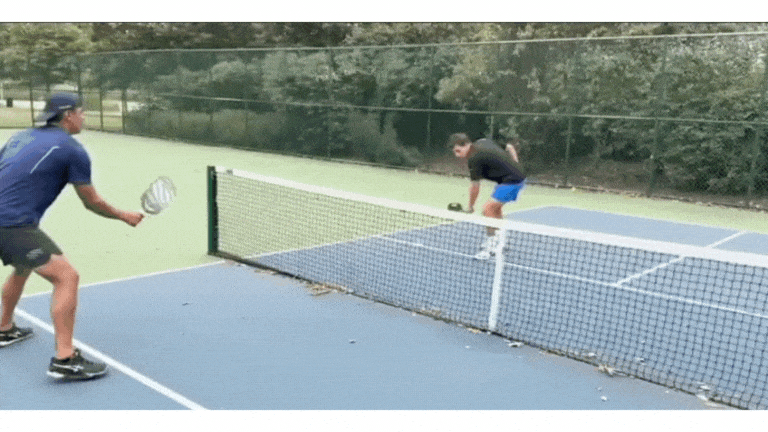 An example of the flick from Pro and Content Creator Tanner Tomassi
An example of the flick from Pro and Content Creator Tanner TomassiThe key elements of the Backhand Flick
To hit an effective backhand flick, proper footwork and body positioning are crucial. Start by positioning your feet outward instead of squared ahead.
Squared feet limit your ability to generate power, relying too much on your wrist. Instead, turning your feet outward engages your entire body, including your core, allowing you to create more power in the shot.
 Don't square your feet, instead keep them angled
Don't square your feet, instead keep them angledWhen preparing to flick, focus on a simple setup: paddle down, elbow up. This stance allows you to use your whole arm to execute the shot, rather than relying on just your wrist, which can result in a weak flick.
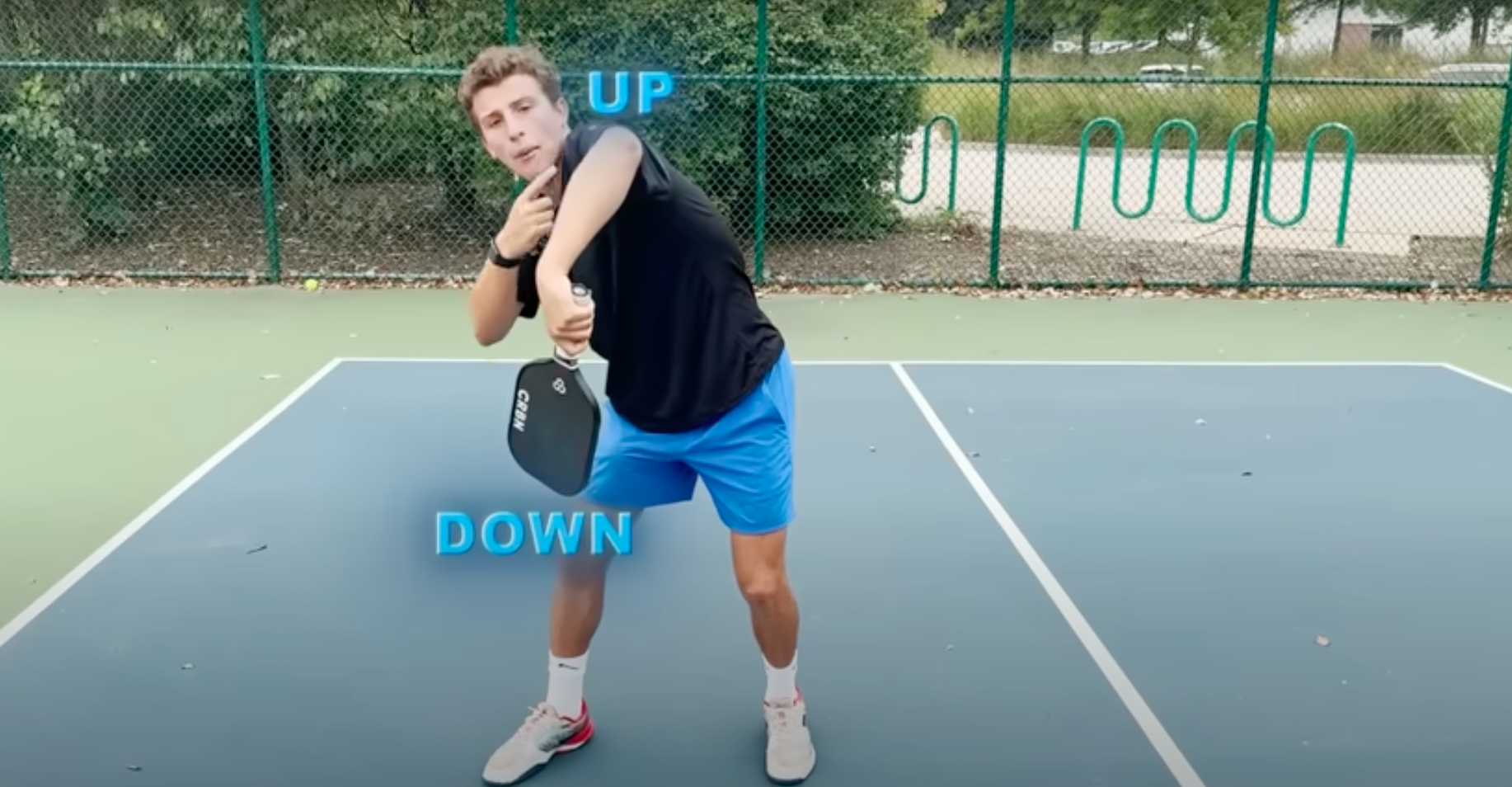 Elbow up, paddle down
Elbow up, paddle downFor wrist movement, think of it like throwing an upside-down frisbee — a smooth motion that creates both spin and power. Many beginners make the mistake of flicking only with the wrist, which leads to loss of control and consistency.
Drills to Master the Flick
Drill 1: Poke Flick
Start by focusing on the basics of the flick without adding spin. Position your paddle tip down and simply "poke" at the ball with a flat paddle face.
This allows you to feel comfortable with the movement before introducing more complexity. Pair this with a basic dink drill where your partner feeds you the ball. Practice the poke flick, making sure to keep the motion compact.
Drill 2: Full Flick Mastery
Once you're comfortable with the basic poke flick, practice flicking balls that are progressively lower and lower.
This drill forces you to master attacking balls at different heights, which mimics real-game situations. The goal is to maintain control while delivering the ball to your opponent's feet, ensuring they have a difficult time returning it.
Two of Pickleball’s Top Content Creators Are Now a Formidable On-Court Partnership
Tanner Tomassi and Kyle Koszuta took different paths to get to this point in their pickleball careers. Two of the sport’s top content creators are now a formidable duo at the professional level.
 The Dink PickleballErik Tice
The Dink PickleballErik Tice
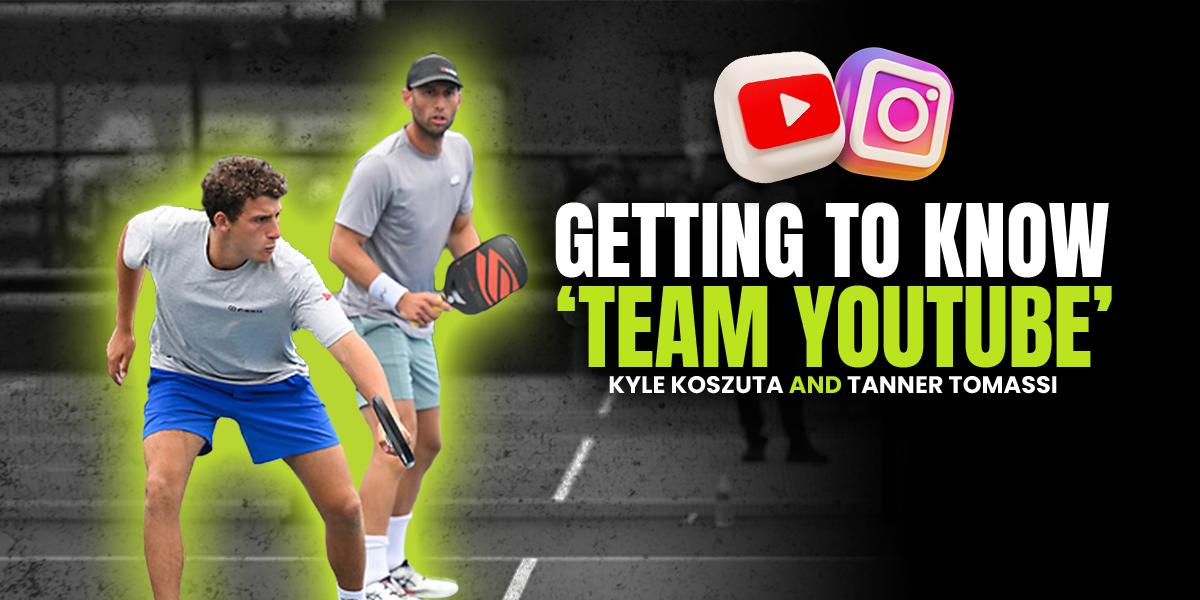
Bonus Tip: Stay Ready
After hitting the flick, return to your ready position quickly. Don’t assume the rally is over—better players will return the ball, and you need to be ready for the next shot.
You can watch the full video with a demonstration from Tanner here.
Pickleball Skill Quiz
Find out your pickleball rating
 Pickleball Skill Quiz
Pickleball Skill Quiz

Anuncie Aqui / Advertise Here
Sua marca para o mundo Pickleball! / Your brand for the Pickleball world!

 English
English  Spanish
Spanish  Portuguese
Portuguese  German
German  Italian
Italian  Japanese
Japanese  French
French  Polish
Polish  Russian
Russian  Netherlands
Netherlands  Hungarian
Hungarian  Turkish
Turkish  Videos
Videos 
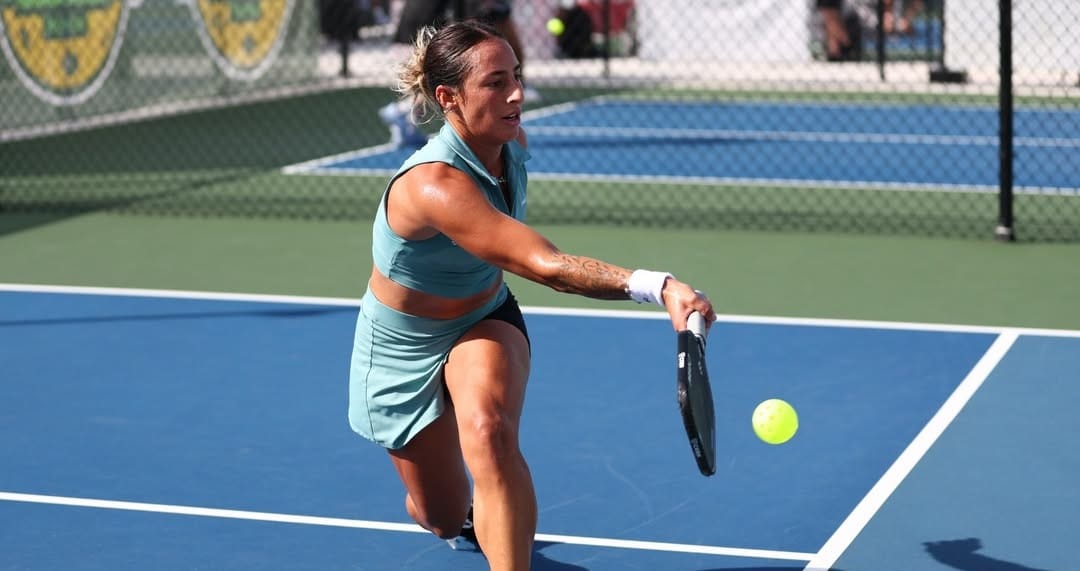
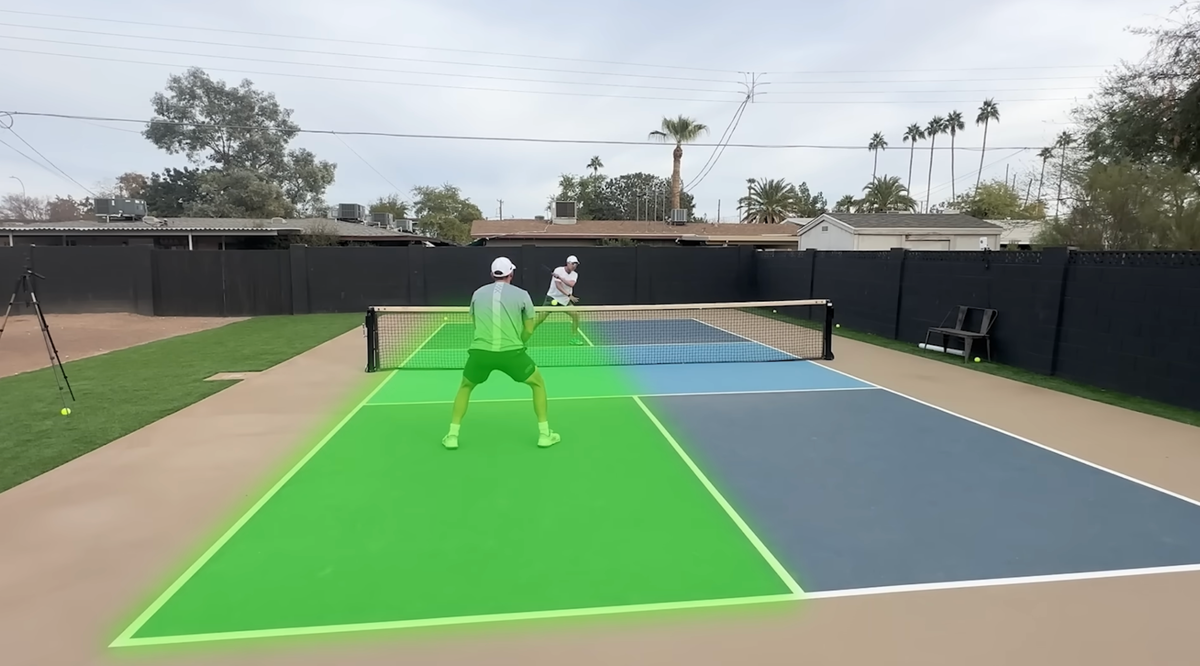
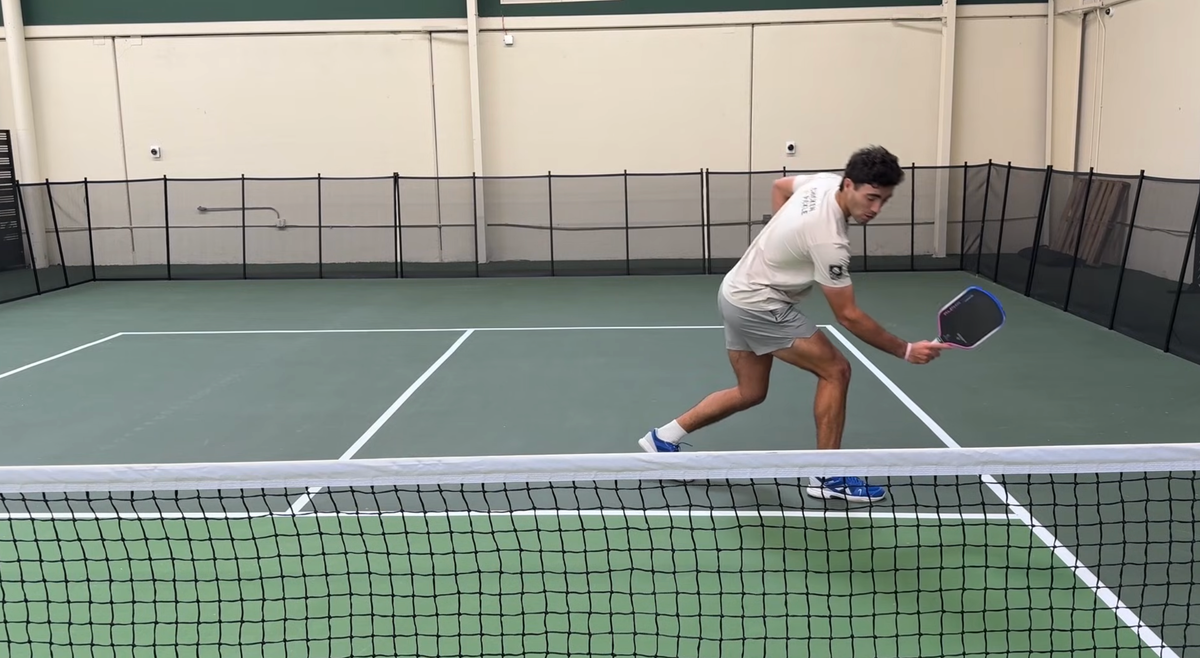
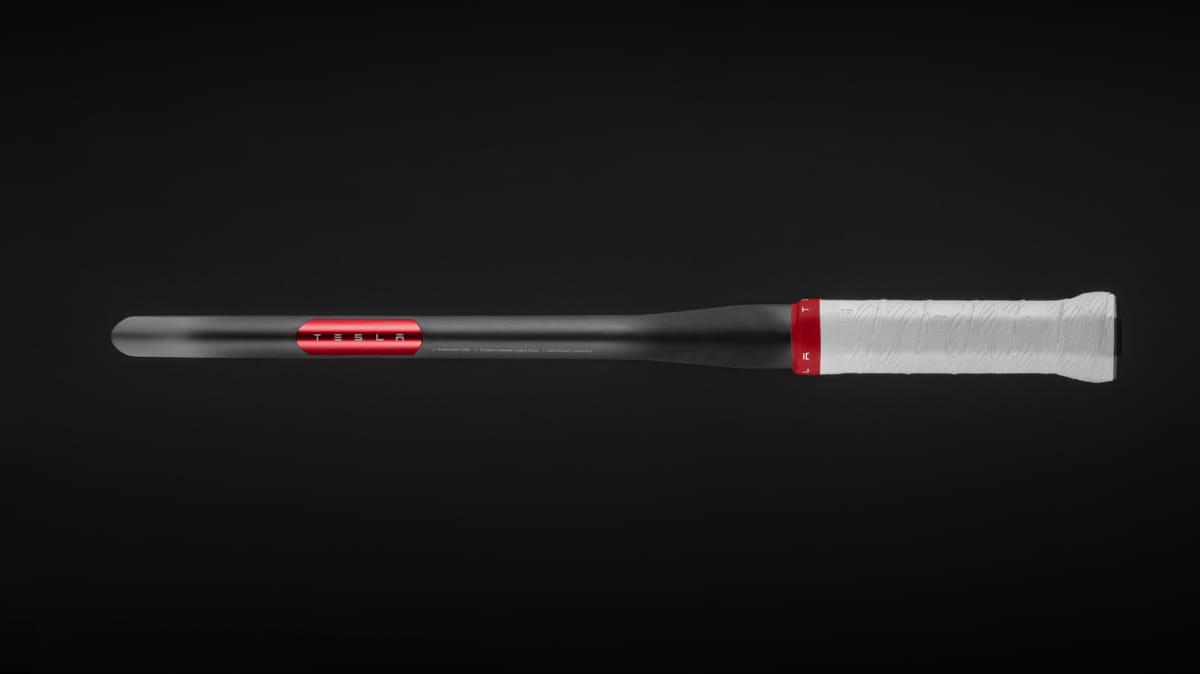




 English (US) ·
English (US) ·  Portuguese (BR) ·
Portuguese (BR) ·